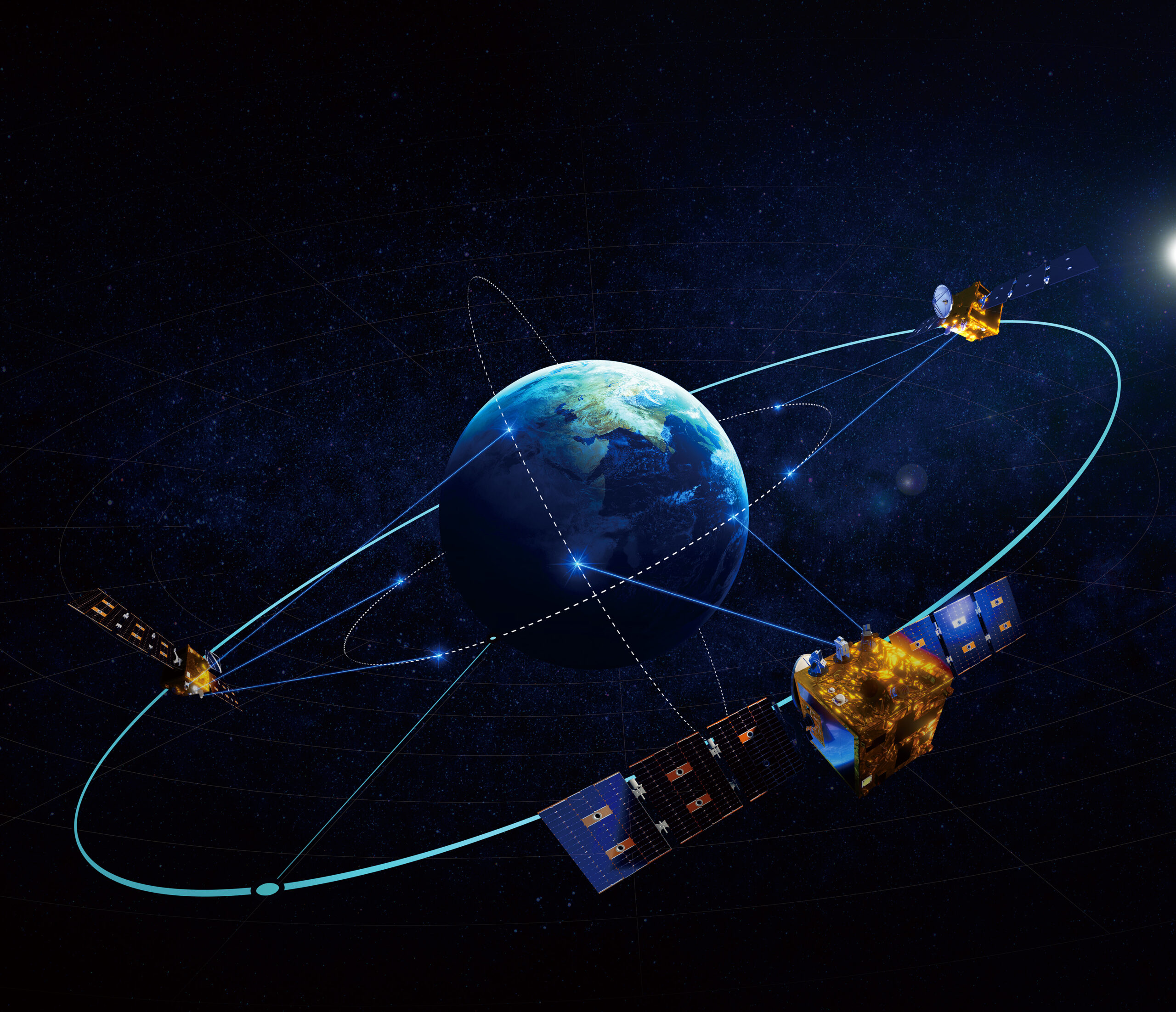The company is developing an optical inter-satellite data relay service in medium Earth orbit called WarpHub InterSat
WASHINGTON – Warpspace, a Japanese space startup developing an inter-satellite laser communications system, is establishing a U.S. presence to partner with American companies and compete for government and military contracts.
“Warpspace USA Inc. was recently incorporated in Delaware,” chief strategy officer Hirokazu Mori told SpaceNews.
The company is developing an optical inter-satellite data relay service in medium Earth orbit called WarpHub InterSat. The target customers are Earth observation satellite operators that need to quickly move large volumes of data from space to the ground.
Warpspace also is pitching the service to the U.S. Defense Department’s Space Development Agency. SDA is building a so-called Transport Layer constellation of hundreds of data-relay satellites to support military communications.
Founded in 2016, Warpspace currently operates one test cubesat in low Earth orbit. In 2024, it plans to start deploying a constellation of three satellites in medium Earth orbit that would receive and pass data from customers’ satellites in low Earth orbit using optical communications. The MEO satellites would send the data to ground stations initially using radio-frequency links and eventually moving to optical links when the space-to-ground laser communications technology matures, said Mori.
All three satellites should be in orbit by 2025, he said. Once the constellation is operational, the company will start offering data transport as a service.
As the number of satellites operating in low Earth orbit keeps growing, he said, “the demand for higher data sampling and downlink has been also increasing. However, the conventional communication infrastructure is not sufficient to meet demand,” he said. The concept behind the WarpHub InterSat service is to allow LEO satellites to “constantly communicate with ground stations with a high-speed optical link in near real-time.”
Warpspace USA will start to get up and running this summer. “We look forward to strengthening our cooperation with U.S. companies and agencies. One of the main purposes to open up a branch in Washington, D.C., is to begin building a relationship with the U.S. government. We are particularly interested in the work that the Space Development Agency is doing on Tranche 1 of the Transport Layer.”
The company in September closed a Series A funding round, raising approximately $10 million. Mori said Warpspace is looking to close a Series B funding round this summer.
Mori noted that optical communications for space have been successfully deployed by national space agencies, but cost and technical maturity have prevented their widespread adoption. As the industry transitions to higher production rates and the technology is proven, he said, laser communications in space will become increasingly the norm.
Warpspace in January announced it was selected by Japan’s space agency JAXA to conduct a study on the use of optical communications for lunar exploration activities, work that would support NASA’s Artemis program to return humans to the moon.
“Through the realization and expansion of the optical inter-satellite communication networks, we will contribute to the expansion of safe and peaceful utilization of outer space through public-private, and international cooperation,” said Warpspace CEO Satoru Tsunemachi.
